Non-fungible tokens (NFTs) have become a hot issue in the world of digital creation, particularly so in the visual art world.
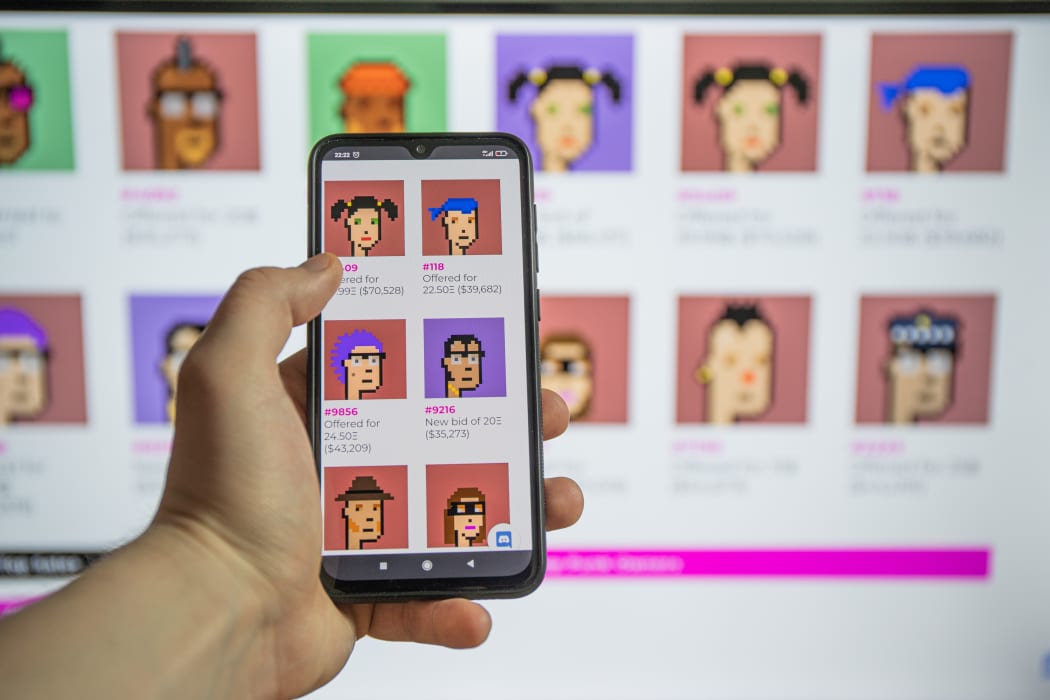
A non-fungible token (NFT) is a special type of cryptographic token which represents something unique. Photo: 123rf
A panel of artists and curators discussed the issue at Creative Matakana in May 2021.
Scott Lawrie:
If something is fungible, it has the same exchange value. So if I have a dollar and give it to you, and you give it back, that’s fungible. Something non-fungible is something like a small painting, completely unique. It can’t be replicated. The other thing you need to know about NFTs is that they are “evil tools of capitalism.” They are just another form of exchange, and you have to swallow that bit. They are not revolutionary in terms of what they will do for the arts necessarily. It will certainly be the death of some galleries because galleries have not part to play in an NFT exchange for an artwork. It is the artist selling directly to a purchaser for crypto-currency.
Lisa Reihana:
You know it’s not any different from what’s happening anyway. If you sell an artwork, it comes from print media, like in the early 1900s, you put a value on something. It’s a patent. America was really good at selling patents. It’s just that they’re embedding it in the blockchain. The problem with cryptocurrency at the present time is that it’s being embedded on top of something else. What all of us artists need to be aware of is the [ecological] footprint, the amount of energy and resources it takes to run these things through the world.
Potentially it gives artists a new kind of rangatiratanga, enabling them to run your own business, but you also have to look at the code that’s sitting underneath it. Who is running that code? All of us in the arts industry need to be asking “What is the footprint that we are creating?”

Mining rigs mine the Ethereum and Zilliqa cryptocurrencies at the Evobits crypto farm in Cluj-Napoca, Romania, on Wednesday, Jan. 22, 2021. Photo: © 2021 Bloomberg Finance LP
Scott Lawrie:
To your point, Lisa. It’s technology-based and technology changes. There are already new authentication systems which are much lower in power, so you don’t have to take the power that runs a small country like New Zealand. They now have different authentication modes which are much, much greener.
And some artists have done amazingly well. If you look at Jess Johnson for example, she’s moved into that space. She’s done an edition of five. They all sold for an ethereum each, whatever that’s worth now, about two and a half grand, directly to the artist.
It’s fiddly, it’s complicated, but the audience demographic is fascinating. Because it’s really young people. 18 – 25-year-olds. Art is, generally speaking, [traditionally] bought by rich people because poor people can’t afford to buy art. But what NFTs do is sort of flip it. So Jess Johnson made an edition recently of an animated GIF, ten seconds long. She sold them for USD$15 each. You have an original work of art. And these kids are collecting these little things in their little crypto-wallets.
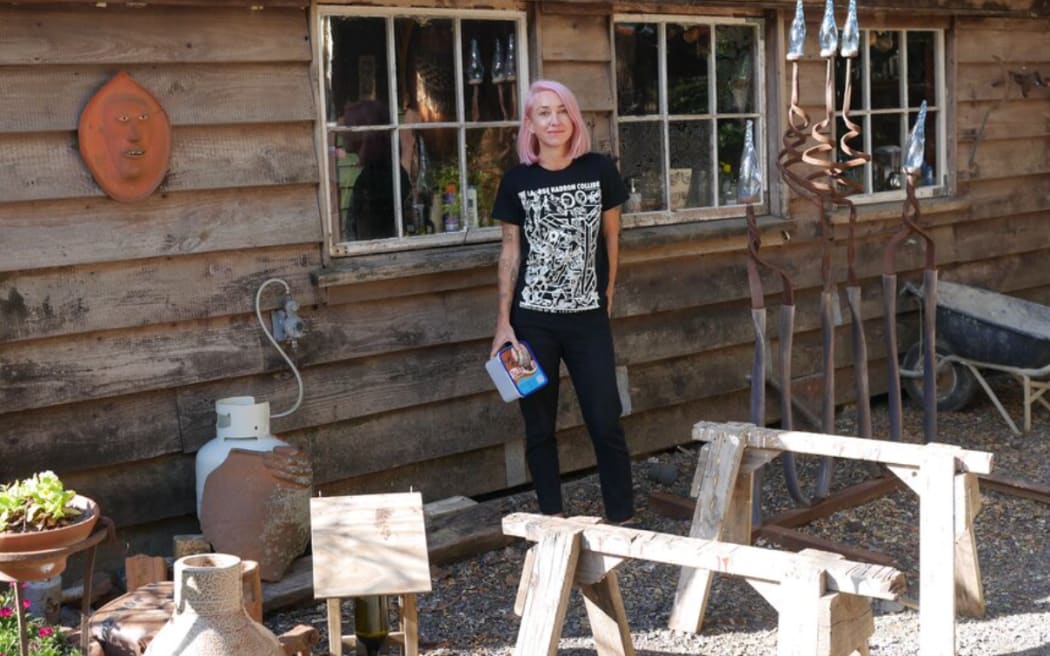
Jess Johnson Photo: Jess Johnson
Scott Lawrie:
The other day I said, “I don’t know if it will be around. It will probably crash before it gets any better. There are huge storage issues attached to the security. You own this thing, but if you drop your hard drive or lose your password you’ve lost it. This thing needs to be stored somewhere as a digital file, and at some point, it might run out.”
In response, somebody pointed out to me, “Yeah, but we’re never going to own a property to display artworks, are we? So now we can have an art collection on a hard drive, and we can back it up to the Cloud.” And I thought, that’s really interesting. The genie will never be put back in the bottle. These ecosystems will co-exist side by side as two different ways to experience art.
As a generation, we were brought up on line and form and shape, and scale. And being in the presence of an artwork. Whereas for a generation under 25, they’ve been looking at iPads all their life.
About the speakers:
Ane Tonga
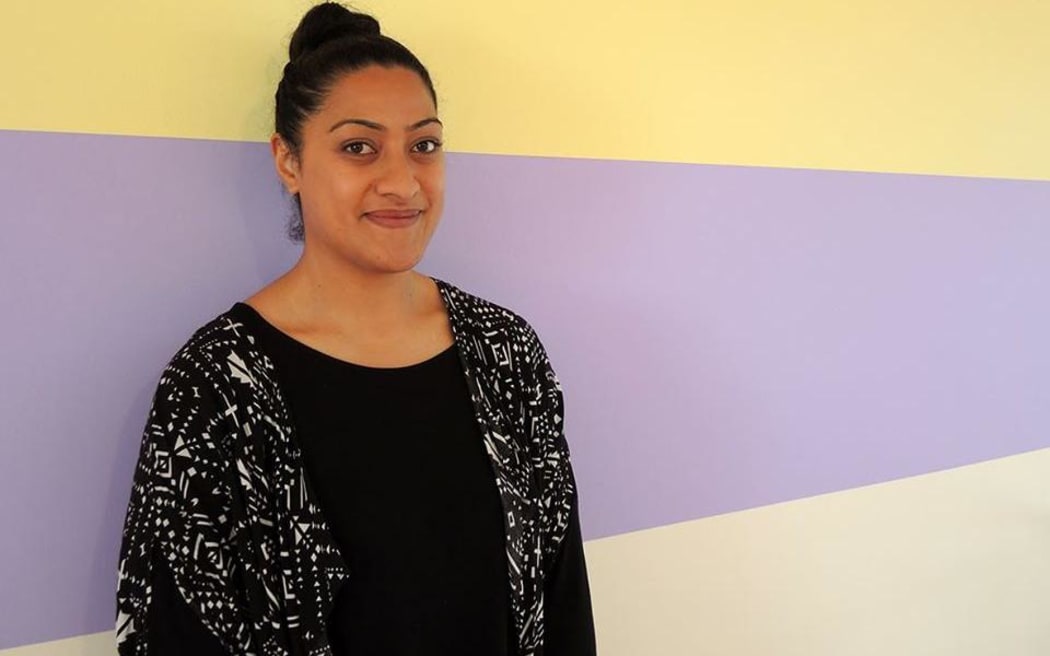
Ane Tonga, inaugural Pacific Art Curator at Auckland Art Gallery. Photo: Supplied
An artist and curator, Ane Tonga has recently taken on the inaugural role of Curator of Pacific Art at Auckland Art Gallery Toi o Tāmaki. She has previously been Lead Exhibitions Curator at Rotorua Museum Te Whare Taonga o Te Arawa, and Assistant Curator at Curator of Pacific Art at the Museum of New Zealand Te Papa Tongarewa.
Ane has exhibited in national and international galleries. Her work examines the collective experiences of gender, place and cultural value and is held in public and private collections including Christchurch Art Gallery Te Puna o Waiwhetu, The James Wallace Arts Trust and Dilworth School Arts Collection.
Ane has held academic positions including Adjunct Lecturer at Unitec Institute of Technology and was a Professional Teaching Fellow at Elam School of Fine Arts at the University of Auckland.
She has also written for numerous art publications and catalogues on artists including Mata Aho Collective, Jasmine Togo-Brisby, Amie Siegel and The Pacific Sisters.
Deborah Rundle
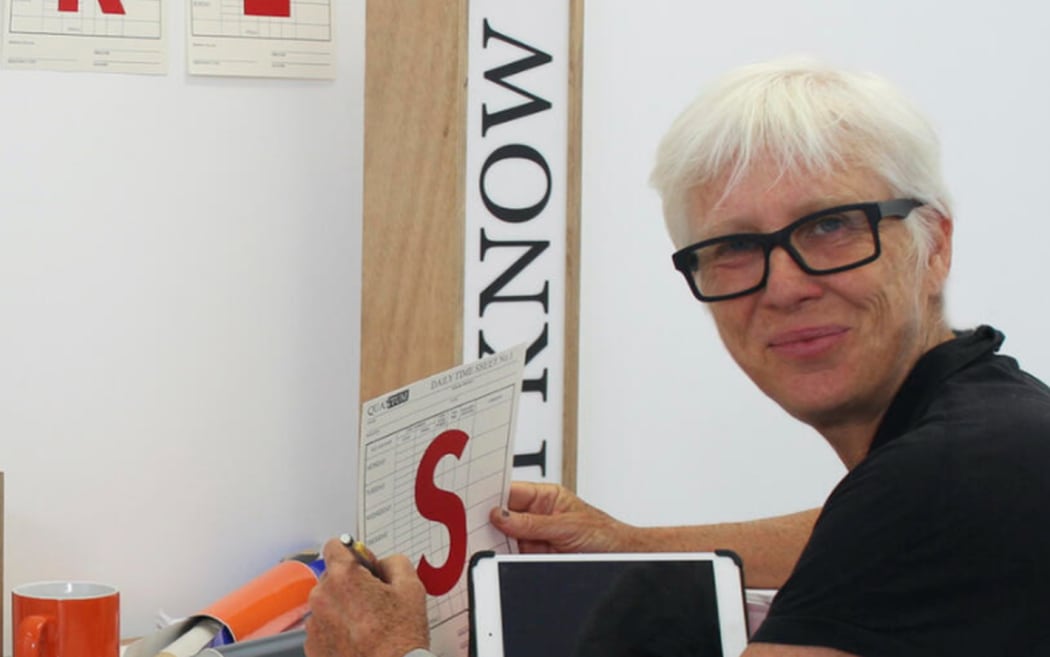
Deborah Rundle Photo: Deborah Rundle
Deborah is an artist based in Tāmaki Makaurau. She is queer, feminist, pakeha/tangata Tiriti, interested in how power plays out in the social and political domain. With a particular interest in the machinations of late capitalism, her work probes the contemporary world, focusing on slippages within language as a means of opening up alternative meanings and possibilities for change.
In 2018, Deborah won the Molly Morpeth Canaday 3D and Sculpture Award and also travelled to Italy for an artist residency at The British School at Rome. In 2020 she won the Yorkshire Sculpture Park and Te Tuhi UK Residency Award. She will travel to Yorkshire in 2022 to take up this residency.
https://www.deborahrundle.com/
Lisa Reihana
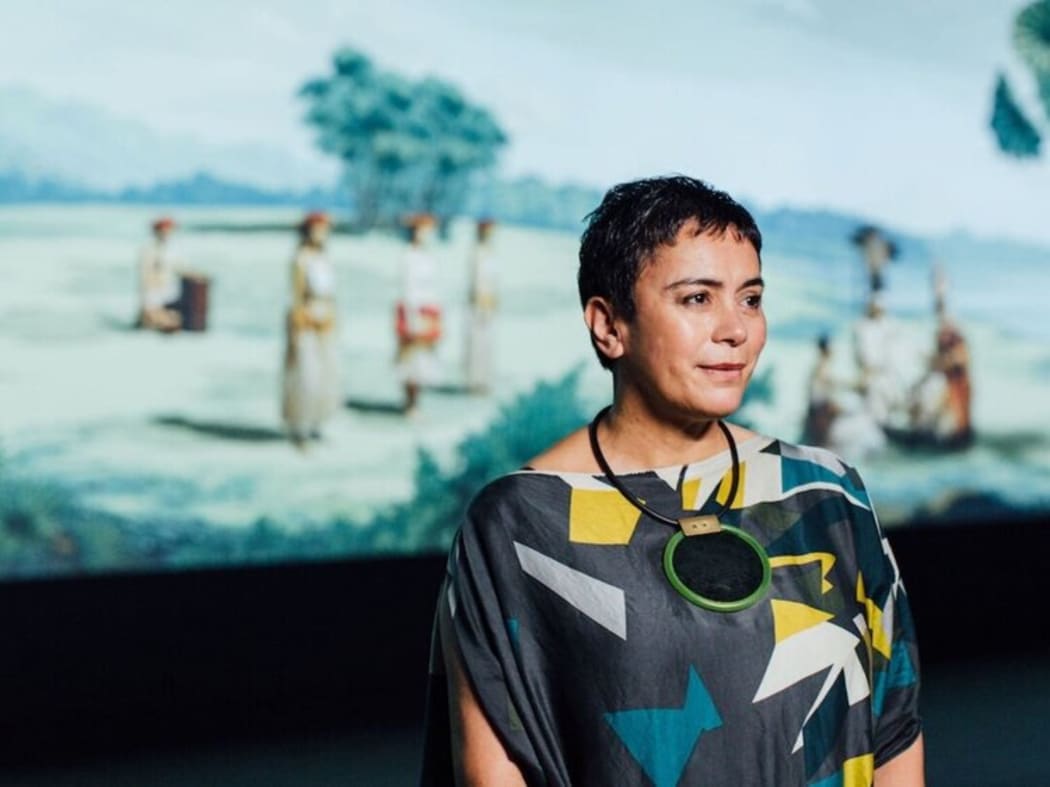
Lisa Reihana Photo: Meagan Suzuki
In 2015 Lisa Reihana (Ngāpuhi, Ngāti Tūteauru and Ngati Hine) created a video work ‘In Pursuit of Venus [Infected]’ – Auckland Art Gallery’s most visited solo work – which went on to represent NZ at the Venice Biennale in 2017. Since then it has continued touring the globe.
Lisa graduated with a BFA from Elam School of Fine Arts in 1987 and a Masters in Design from Unitec in 2014. Her work pioneered the combination of photography, video and installation, often involving family, friends and fellow artists.
Lisa’s work has been exhibited around the world. She is a NZ Arts Laureate, has been recognised with the Te Tohu Toi Kē award from Creative NZ for 'making a positive difference to ngā toi Māori' and was made a Member of the NZ Order of Merit for services to art in 2018.
Her most recent large-screen video work ‘Ihi’ was seen at Auckland Art Gallery in the ‘Toi Tū, Toi Ora’ exhibition. It told the story of the separation of Ranginui and Papatūānuku and the creation of Te Ao Mārama, the world of light and understanding.
Scott Lawrie
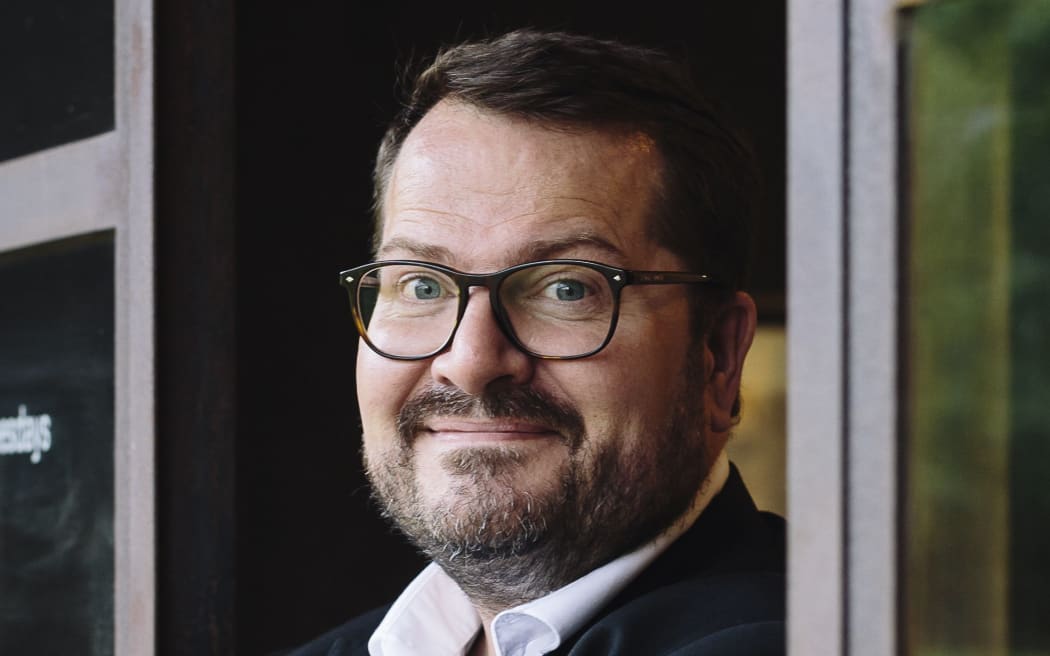
Scott Lawrie Photo: Scott Lawrie
After studying for his Honours Degree as a painter and printmaker, Scott gained his Master of Philosophy at Edinburgh College of Art, in his native Scotland. He then went on to study law at Edinburgh University, before joining an advertising agency as a writer in 1994. He then had a long career as a branding consultant which took him around the world.
A passionate collector of art for over 20 years, today Scott is Director of the Scott Lawrie Gallery. Proudly independent, the gallery specialises in a rich mix of young and established artists from New Zealand and Australia, including the Estate of Sally Gabori and international superstar Patricia Piccinini.
The gallery aims to connect hearts and minds when it comes to encountering and experiencing contemporary art. Hearts for the naturally powerful 'love/hate/ignore' subjective response, and minds by exploring the cultural context within which the work was created.
This lecture was recorded by Sideways8Media in association with Creative Matakana


